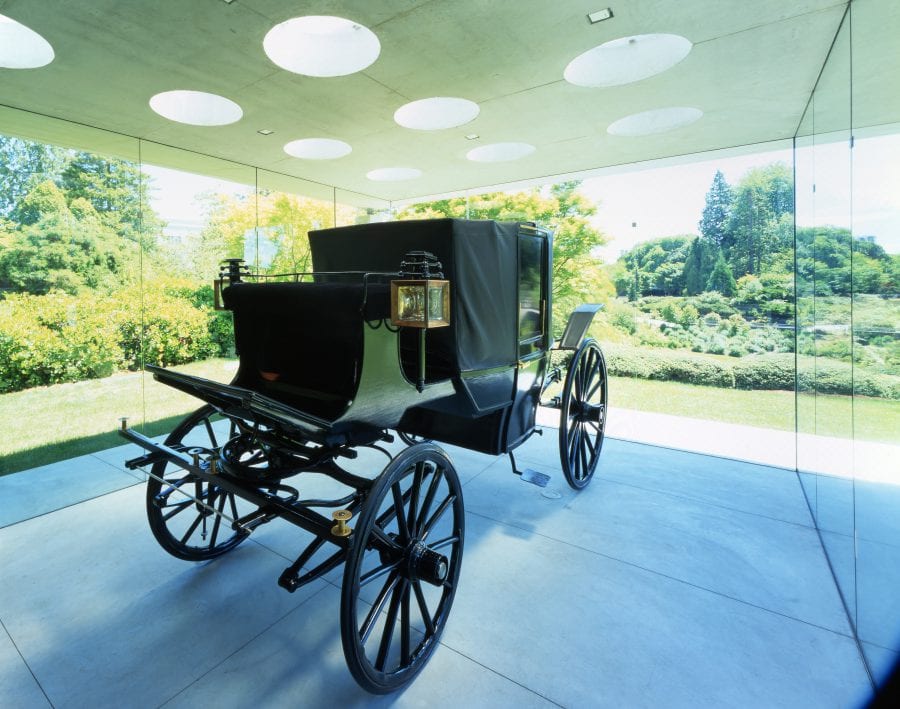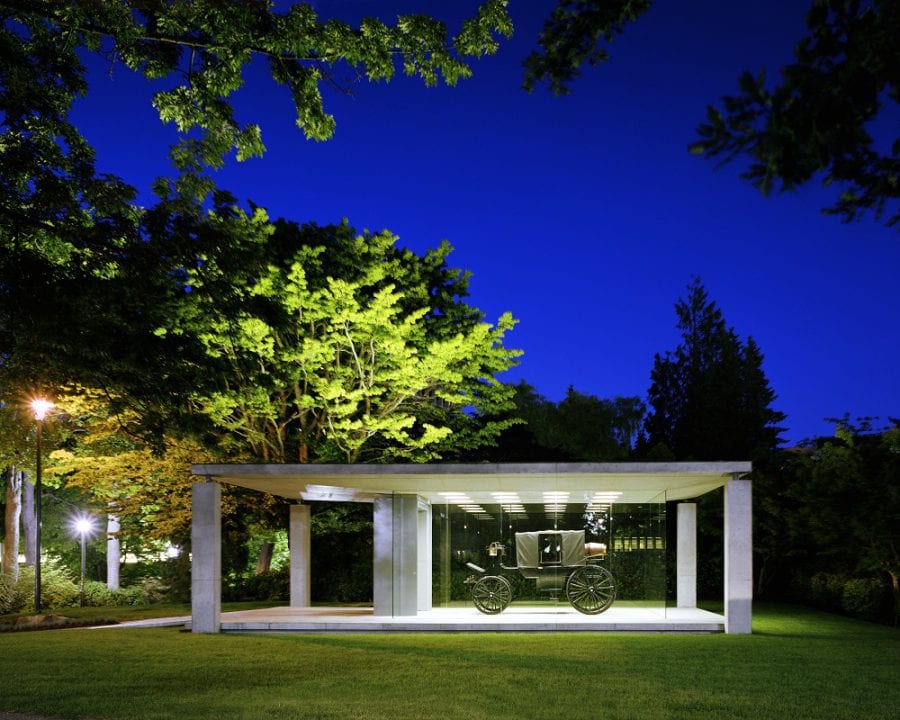With funding for public art on the University of British Columbia’s Vancouver campus drying up after the mid-1970s, the 2003 installation of Millennial Time Machine by renowned Canadian artist, Rodney Graham, has revived enthusiasm for public art.
The Millennial Time Machine is a 19th-century horse-drawn carriage, converted into a camera obscura (which produces an image that is upside down and reversed). An influential precursor to the modern, multi-lens camera, the camera obscura was long revered as a model of how observation can lead to truthful inferences about the world.
Project Essentials
- LocationVancouver, BC
- ClientBelkin Art Gallery
- ArchitectSuperkul
- Budget$0.25 million

